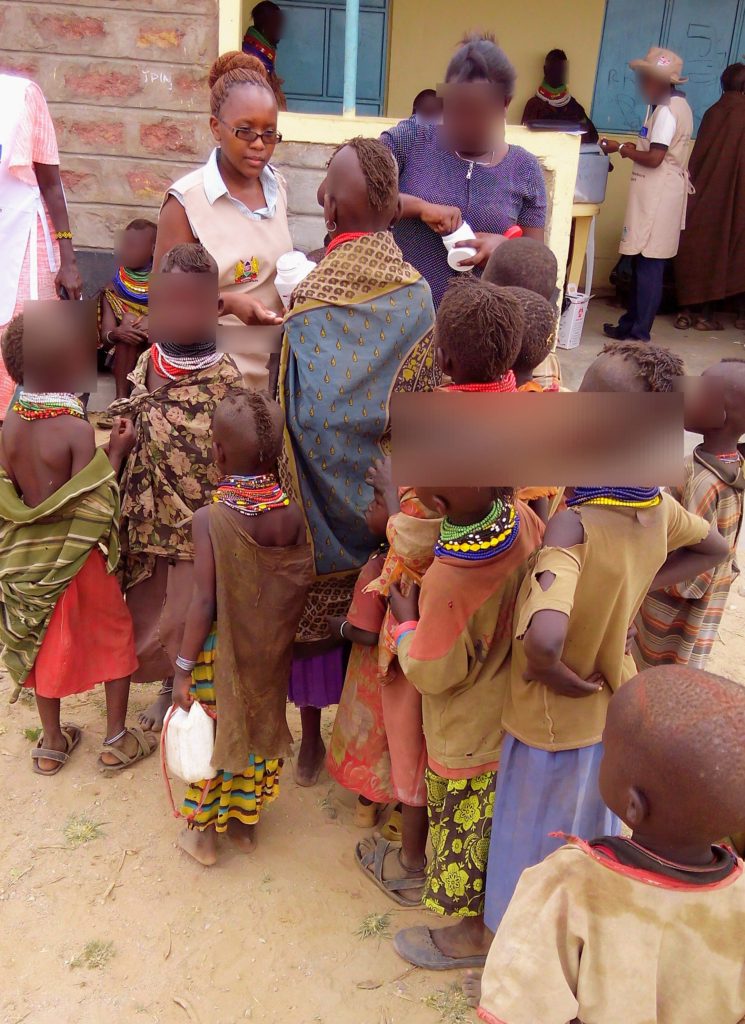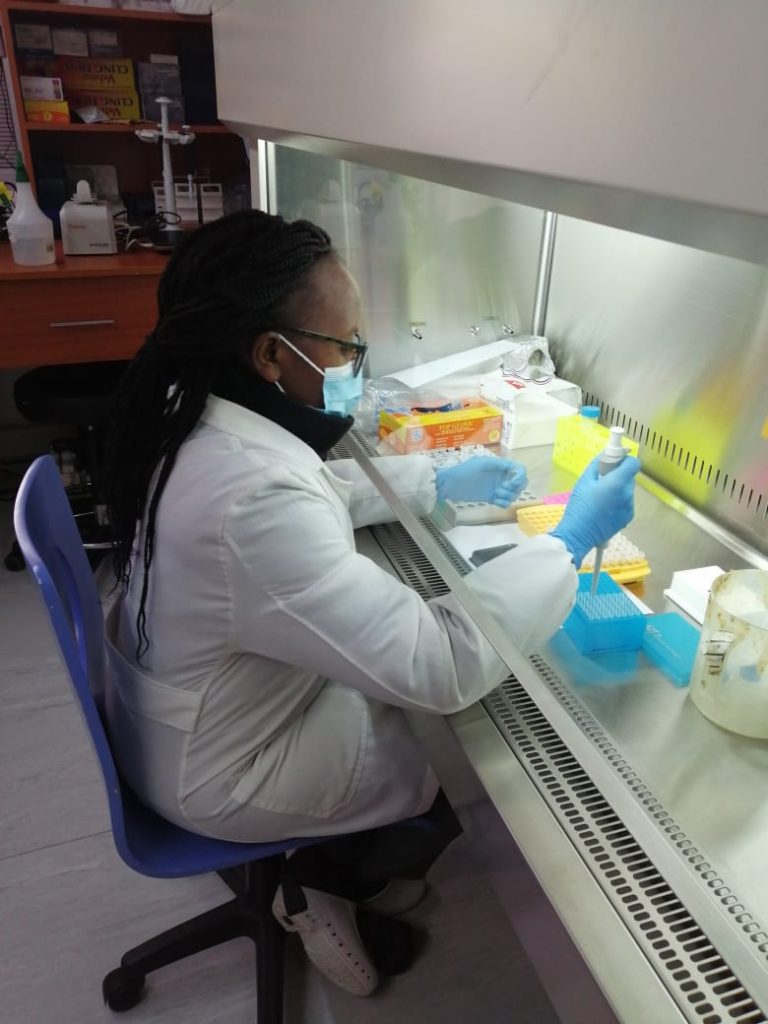The inspiration for my research on snakebites
Having been brought up in the Rift Valley region of Kenya, interaction with snakes was part of our livelihoods and snakebites were a common occurrence, with access to medicine being a challenge. At the age of 10, I saw my aunt helplessly fighting for her life having been bitten by a snake but luckily she survived the bite. That is when my journey to be a scientist began. I thought to myself how I would work on enabling medical access including preventive measures to be available to the community. This was further inspired while working in different parts of the country where snakebite cases were high with deaths going unreported. In one of the endemic regions, I was told to always have water outside the house just in case I have a visitor while out of the house so I do not find myself sharing a bed with a reptile, which referred to a snake! At this point is when I realized there is much we need in preventative measures besides antivenom production. Is our community empowered enough? I started first by doing an undergraduate degree in biomedical science and now an MSc in Epidemiology.

Joanne in the field educating young children on snakebite
The Hamish Ogston Foundation/Global Snakebite Initiative Educational Grant
Why then would I not work towards my goals as I bring impact to the society? Thanks to the Hamish Ogston Foundation in collaboration with the Global Snakebite Initiative which gave me a grant to work on snakebite research in Kenya which is the first step of my career on snakebite research. In this study, I want to identify socioeconomic and cultural factors leading to sustenance of snakebites in Kenya. This will range from knowledge gaps in handling snakebites, risks posed by the community, and case management including identification of morbidity and mortality due to snakebites. Currently, there is little knowledge on what happens in the community that increases or reduces morbidity and mortality due to snakebites. This study therefore seeks to identify community and health facility measures that influence the occurrence of snakebites in Turkana County. This will further inform clinical research and work towards technological development and snakebite intervention policies. I am currently working on its initial implementation steps and due to the current COVID-19 pandemic, fieldwork has been delayed.

Joanne in the lab
Parting shot
To date, antivenoms’ availability, access and efficacy is still a problem in Kenya. Worldwide, snakebites are the leading neglected tropical disease (NTD) with the highest population at risk which drives me to pursue my career in snakebite research. Collaborative research will go a long way in tackling the menace globally.
Biography
My name is Joanne Jepkemei from Kenya. I am a biomedical scientist currently working at Kenya Medical Research Institute (KEMRI) and a student at KEMRI graduate school pursuing Master of Science in Epidemiology. In my day to day activities, I work on Neglected Tropical diseases and other infectious diseases majorly on serological surveillance including biomarker identification for improved disease diagnosis. My career goal is to bring a positive change in society through research and innovation.

Joanne Jepkemei
This blog was written as part of the Women Champions of Snakebite campaign, supported by the Lillian Lincoln Foundation, Health Action International and Global Snakebite Initiative.
This blog is licensed under a Creative Commons Attribution-NonCommercial 4.0 International Licence. View a copy of this licence at https://creativecommons.org/licenses/by-nc/4.0/
